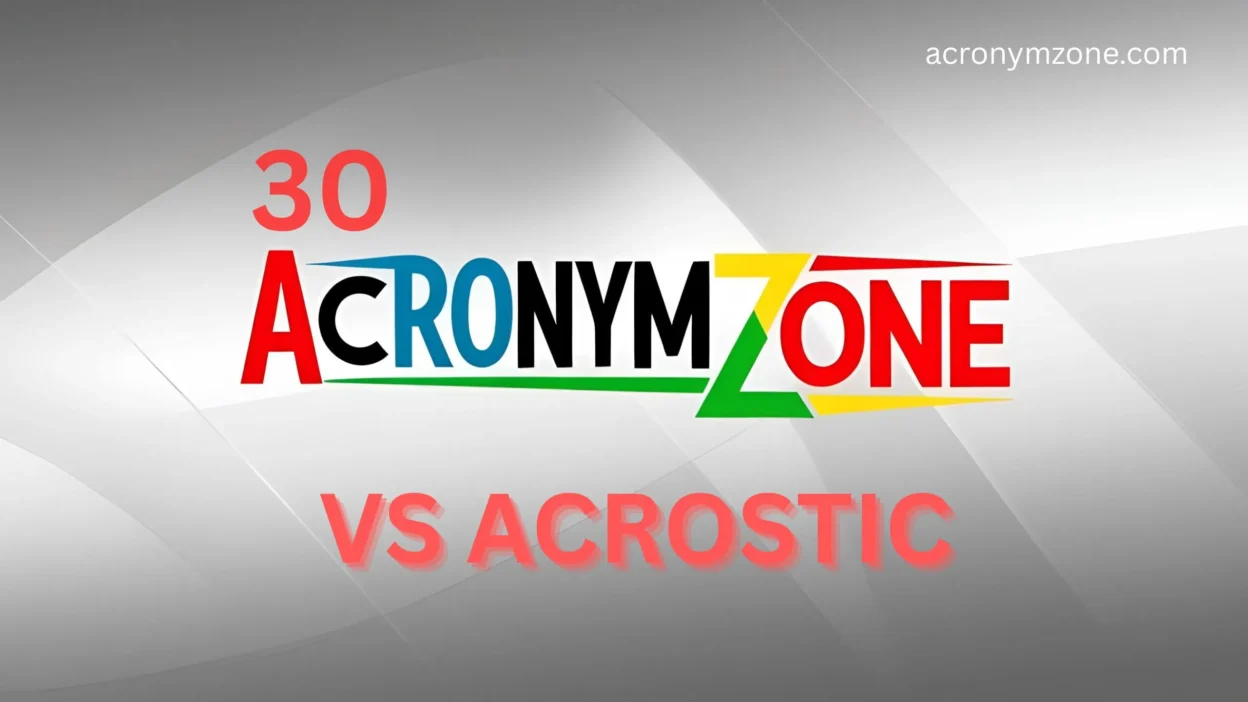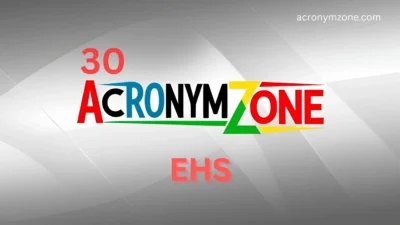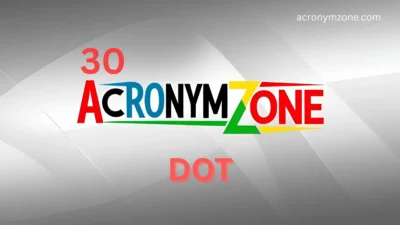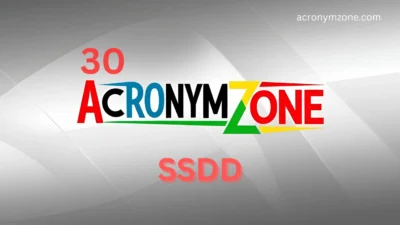In creative writing, branding, and education, both acronyms and acrostics are clever tools that simplify and enhance communication. But they’re often misunderstood—or even used interchangeably.
So what’s the real difference between an acronym and an acrostic? More importantly, how do you choose the right one depending on your purpose, tone, and audience?
In this article, we’ll break down the differences in meaning, tone, and application, then introduce 30 creative alternatives for each concept. Each includes a short description, a usage tip, and an example. We’ll also touch on emotional, educational, and cultural contexts that can influence which tool is more appropriate.
🧠 Acronym vs Acrostic – What’s the Difference?
Let’s get definitions out of the way:
- Acronym: A word formed from the initial letters of a longer phrase.
Example: NASA = National Aeronautics and Space Administration - Acrostic: A phrase or sentence where each line or part starts with a specific letter, usually to spell a word vertically.
Example:
SMART goals:
- Specific
- Measurable
- Achievable
- Relevant
- Time-bound
- Specific
In essence:
- Acronyms = compressed, fast recall (often pronounceable)
- Acrostics = expanded, detailed recall (helpful for memorization or creativity)
🧩 When to Use an Acronym
Use an acronym when you want something:
- Easy to remember
- Quick to say
- Brandable or catchy
Best for:
- Business/organizational names (e.g., UNESCO)
- Medical terms (e.g., PTSD)
- Technical fields (e.g., HTML)
- Education (e.g., PEMDAS for math operations)
💬 Tip: Acronyms work best when you’re reducing complex info into something snappy and functional.
✍️ When to Use an Acrostic
Use an acrostic when you want something:
- Memorable in list form
- Great for teaching
- Ideal for spelling out values or steps
Best for:
- Motivational phrases (e.g., DREAM)
- Study aids (e.g., HOMES = Great Lakes)
- Poems and creative writing
- Acronym-like structures with explanations
💬 Tip: Acrostics are great when clarity and structure matter more than speed or brevity.
🔄 30 Alternatives for “Acronym” and “Acrostic”
These synonyms and related formats offer creative or functional variations of the two. Here’s a breakdown by category—with examples and usage tips.
🔤 10 Acronym-Style Alternatives
1. Initialism
An abbreviation of initials, not spoken as a word.
Example: FBI, DNA
Use when clarity matters over phonetics.
2. Mnemonic
A memory trick (not always made from initials).
Example: “Every Good Boy Deserves Fruit” (music notes)
Use in education and test prep.
3. Abbreviation
Shortened form of a word or phrase.
Example: Ave. for Avenue
Use for space-saving writing.
4. Codeword
A word used to represent a phrase secretly or formally.
Example: ALPHA for a unit or operation
Use in military, security, or branding.
5. Portmanteau
Blending parts of two words.
Example: “Brunch” = breakfast + lunch
Use in branding or creativity.
6. Short form
General term for shortened expressions.
Example: TV for television
Use in casual or digital writing.
7. Clipped form
Cutting part of a word.
Example: “Exam” from examination
Use in everyday speech or student writing.
8. Catchword
A buzzword or phrase used to catch attention.
Example: ASAP
Use in marketing or communication.
9. Phrase-reduction
Manually trimming long phrases into a single term.
Example: “CEO” from “Chief Executive Officer”
Use in business and reports.
10. Letter combination
Any combo of initials or letters to represent meaning.
Example: Q&A
Use in web content or education.
🧾 10 Acrostic-Style Alternatives
11. Acrophrase
Custom term for an acrostic-like sentence.
Example: “HELP” = Halt, Evaluate, Listen, Plan
Use in training materials.
12. List mnemonic
Sequential list tied to a keyword.
Example: RICE = Rest, Ice, Compression, Elevation
Use in medical or safety training.
13. Vertical poem
Poem where first letters form a word.
Example: “HOPE” with each line starting with H, O, P, E
Use in creative writing or self-expression.
14. Sentence starter tool
Phrases that use each letter to begin a sentence.
Example: TEAM = Together Everyone Achieves More
Use in motivational or corporate settings.
15. Spelling pattern
Memory aid where each letter stands for a tip.
Example: LEARN = Listen, Evaluate, Apply, Reflect, Note
Use in education or self-help.
16. Educational scaffold
Structured outline for remembering steps.
Example: STOP = Stop, Think, Observe, Proceed
Use in behavioral learning.
17. Character mapping
Each letter represents a key trait.
Example: LEAD = Loyal, Ethical, Accountable, Driven
Use in leadership training.
18. Word-based checklist
Checklist using the letters of a key word.
Example: SAFETY
Use in risk management or training manuals.
19. Value acronym
Acronym where each letter highlights a company or personal value.
Example: CORE = Commitment, Ownership, Respect, Excellence
Use in branding or personal development.
20. Instructional pattern
Guided process wrapped into a word.
Example: ACT = Acknowledge, Communicate, Transition
Use in coaching or therapy.
🌐 10 Shared or Hybrid Alternatives
These are terms or formats that can apply to both acronyms and acrostics depending on usage.
21. Backronym
An acronym created after the full phrase was chosen.
Example: “BING” = Because It’s Not Google
Use in humor or creativity.
22. Buzzword tool
Catchy acronyms used for marketing or trends.
Example: YOLO
Use in pop culture or advertising.
23. Brand acronym
Custom acronym tied to a product or identity.
Example: IKEA = Ingvar Kamprad Elmtaryd Agunnaryd
Use in branding or naming.
24. Conceptual trigger
A word used to unlock steps or ideas.
Example: CARE = Consider, Act, Respond, Evaluate
Use in mental models or training.
25. Principle-based aid
Used in education to remember core ideas.
Example: FIRST = Focus, Integrity, Respect, Service, Teamwork
Use in schools or onboarding.
26. Coded expression
Word that implies a larger idea or set of actions.
Example: THINK
Use in philosophy or workplace culture.
27. Memory chain
A series of related letters to guide thought.
Example: DARE = Define, Analyze, Respond, Evaluate
Use in crisis response or decision-making.
28. Word-builder
Turning key themes into an acronym or acrostic.
Example: PEACE = Practice Empathy, Act with Care Every day
Use in social campaigns.
29. Framework anchor
Acronym used to anchor an entire framework.
Example: SWOT = Strengths, Weaknesses, Opportunities, Threats
Use in business and strategy.
30. Slogan acronym
An acronym that doubles as a motto.
Example: FOCUS = Follow One Course Until Success
Use in motivational speaking or branding.
🎯 Choosing the Right Format Based on Tone & Purpose
| Context | Choose | Why |
| Business naming | Acronym | Catchy, professional |
| Study tips | Acrostic | Helps memory & structure |
| Motivational talk | Hybrid | Emotional impact + recall |
| Creative writing | Acrostic | Adds depth and design |
| Branding | Acronym | Short, marketable |
| Internal values | Hybrid | Clarity + personal connection |
✅ Conclusion
Whether you’re crafting a memorable acronym or an inspiring acrostic, the key is intention. Choose the format that matches your audience, tone, and message clarity. Acronyms pack power into fewer letters. Acrostics unpack meaning into fuller forms.
By understanding the strengths and contexts of both, you can communicate smarter, teach better, and inspire deeper.




